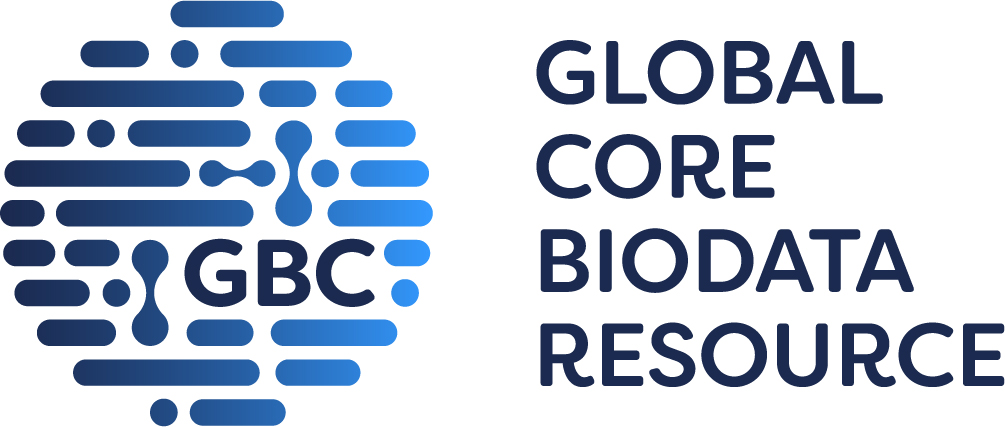
GtoPdb is requesting financial support from commercial users. Please see our sustainability page for more information.
RAS subfamily C
Unless otherwise stated all data on this page refer to the human proteins. Gene information is provided for human (Hs), mouse (Mm) and rat (Rn).
Overview
« Hide
More detailed introduction 
The RAS proteins (HRAS, NRAS and KRAS) are small membrane-localised G protein-like molecules of 21 kd. They act as an on/off switch linking receptor and non-receptor tyrosine kinase activation to downstream cytoplasmic or nuclear events. Binding of GTP activates the switch, and hydrolysis of the GTP to GDP inactivates the switch.
The RAS proto-oncogenes are the most frequently mutated class of proteins in human cancers. Common mutations compromise the GTP-hydrolysing ability of the proteins causing constitutive activation [7], which leads to increased cell proliferation and decreased apoptosis [15]. Because of their importance in oncogenic transformation these proteins have become the targets of intense drug discovery effort [1].
Enzymes
|
ARF GTPase 6 Show summary » |
|
TBC1 domain family member 15 Show summary » |
Further reading
How to cite this family page
Database page citation (select format):
Concise Guide to PHARMACOLOGY citation:
Alexander SPH, Fabbro D, Kelly E, Mathie AA, Peters JA, Veale EL, Armstrong JF, Faccenda E, Harding SD, Davies JA et al. (2023) The Concise Guide to PHARMACOLOGY 2023/24: Enzymes. Br J Pharmacol. 180 Suppl 2:S289-373.







